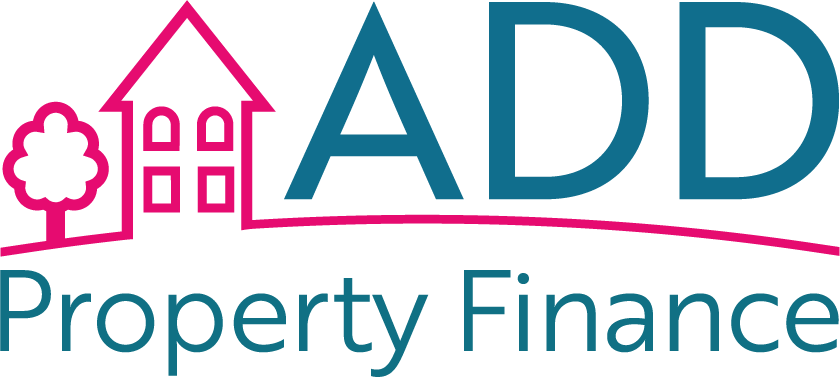Investing in buy-to-let properties can be a lucrative venture, offering a steady stream of rental income and the potential for long-term capital growth. Whether you’re an experienced investor or a developer looking to expand your portfolio, maximising your return on investment (ROI) is essential. In this article, we’ll explore how financing buy-to-let investments can help you achieve your investment goals.
1. The Power of Leverage
One of the key advantages of buy-to-let investments is leverage. With a buy-to-let mortgage, you can secure a property with a relatively small deposit and finance the rest through a mortgage. This leverage allows you to control a more substantial asset with a limited upfront investment.
2. Diversification Opportunities
Financing your buy-to-let investments enables you to diversify your portfolio. Instead of tying up all your capital in a single property, you can spread your investments across multiple properties, reducing risk and increasing potential returns.
3. Increase Your Property Holdings
For investors and developers with ambitious goals, financing allows you to acquire more properties. This scalability can significantly boost your rental income and long-term capital appreciation potential.
4. Tax Benefits
Interest payments on buy-to-let mortgages are tax-deductible, which can reduce your overall tax liability. This tax benefit can enhance your net rental income and improve your ROI.
5. Investment Flexibility
With financing, you can take advantage of investment opportunities when they arise. Whether it’s purchasing a property at auction or investing in an emerging property market, having access to mortgage funds gives you the flexibility to act quickly.
6. Positive Cash Flow Analysis
Before taking out a buy-to-let mortgage, perform a thorough cash flow analysis. Ensure that your rental income will cover your mortgage payments, property management fees, maintenance costs, and other expenses. Positive cash flow is crucial for a sustainable and profitable investment.
7. Loan-to-Value Ratio (LTV)
Understand the loan-to-value ratio (LTV) offered by your mortgage lender. A lower LTV typically means lower interest rates, but you’ll need a larger deposit. A higher LTV requires a smaller deposit but may come with higher interest rates. Choose the option that aligns with your financial strategy and risk tolerance.
8. Exit Strategy
Consider your exit strategy when taking out a buy-to-let mortgage. Will you sell the property, refinance, or continue renting it out? Having a clear plan can help you make informed financing decisions.
9. Professional Advice
Consult with mortgage advisers who specialise in buy-to-let investments. They can provide insights into the best financing options, help you navigate the application process, and ensure that your financing aligns with your investment objectives.
10. Regular Review
Periodically review your buy-to-let mortgage arrangements to ensure they remain competitive and suitable for your goals. Refinancing or restructuring your financing can help you adapt to changing market conditions.
In conclusion, financing your buy-to-let investments offers numerous advantages for both investors and developers. Leveraging buy-to-let mortgages allows you to expand your property portfolio, increase diversification, and enhance your overall ROI. However, it’s essential to approach financing with a clear strategy, perform thorough financial analysis, and seek professional advice to maximise your investment success.







